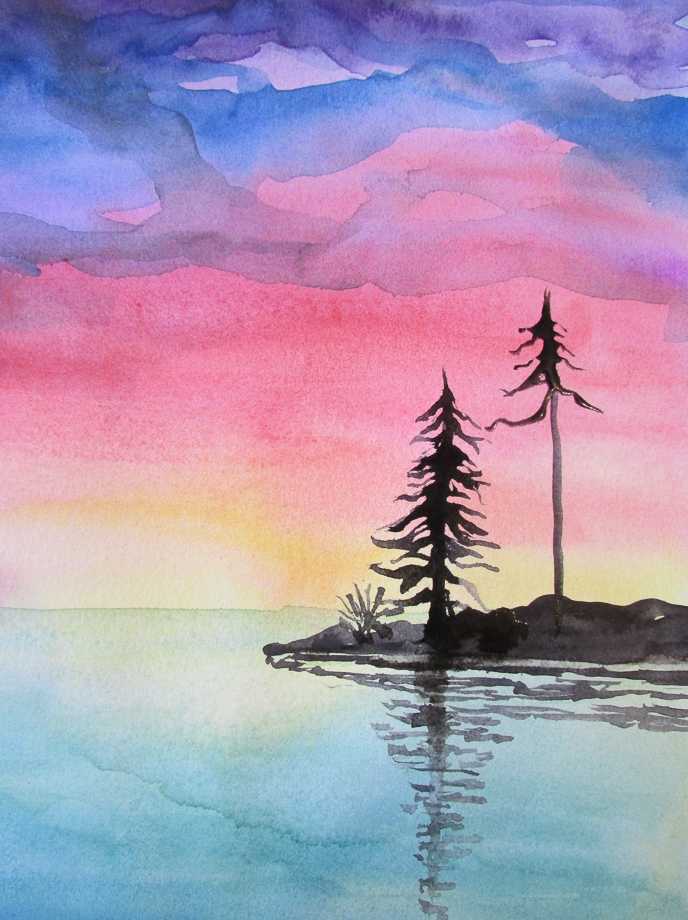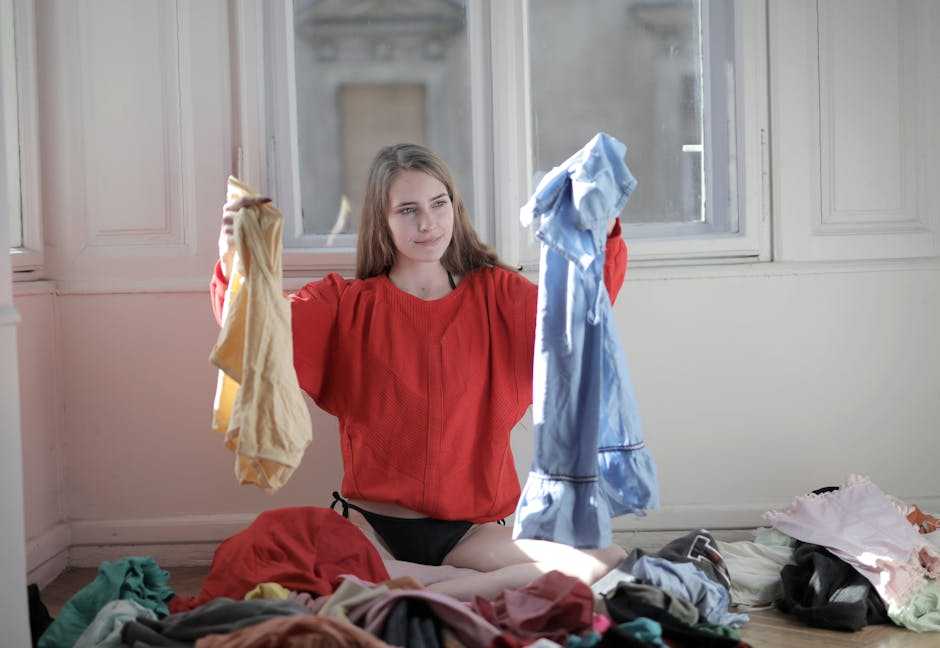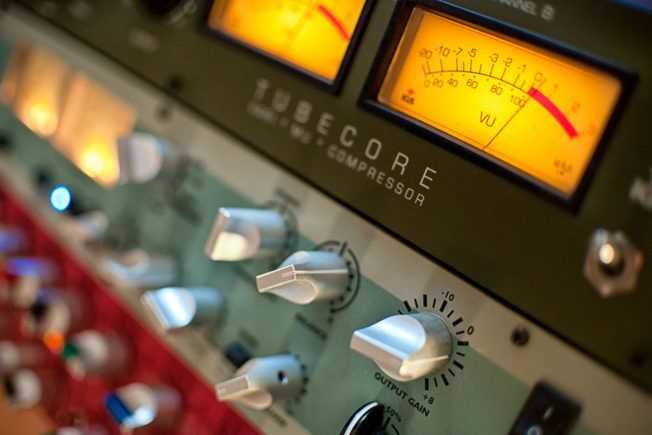Table of Contents
- Exploring the Techniques Behind Stunning Watercolor Flower Paintings
- Choosing the Right Materials for Vibrant Floral Illustrations
- Mastering Color Theory to Enhance Your Watercolor Floral Art
- Creating Depth and Dimension in Your Flower Paintings
- Q&A
- In Summary


Exploring the Techniques Behind Stunning Watercolor Flower Paintings
Watercolor flower paintings have captivated artists and enthusiasts alike with their vibrant colors and delicate textures. To achieve these stunning effects, artists often employ a variety of techniques that enhance the beauty of their floral subjects. Wet-on-wet is a foundational technique where the artist applies wet paint onto a wet surface, allowing the colors to blend seamlessly. This method is particularly effective for creating soft backgrounds or capturing the ephemeral nature of petals and leaves swaying in a gentle breeze.
Another essential technique is layering, which involves building up transparent washes to create depth and dimension. Artists might start with a light wash as the base layer, gradually adding darker shades to suggest shadows and contours. This gradual process not only contributes to the three-dimensional quality of the flowers but also allows for subtle transitions in color that mimic the intricate variations found in nature. The key is to work patiently, allowing each layer to dry before applying the next to ensure clarity in the final composition.
Additionally, the dry brush technique offers an exciting way to depict intricate details like flower veins and texture. By using a brush with minimal water and paint, artists can create sharp, defined lines that provide stunning contrast against softer washes. This technique is perfect for capturing the fine details of flowers, such as the delicate edges of petals or the intricate patterns on leaves. Incorporating this method allows for a balance between the expressive nature of watercolor and the precision needed for more realistic depictions.
Lastly, artists often utilize masking fluid to reserve white spaces on the paper, which can represent highlights or the brilliant contrasts found in petals. By applying this liquid rubber compound to specific areas before painting, artists can protect those spots from pigment. Once the painting is completed, the masking fluid is carefully removed, revealing bright, untouched areas that enhance the overall luminosity of the work. This technique, when combined with others, opens up a world of creative possibilities that can transform ordinary floral subjects into breathtaking masterpieces.


Choosing the Right Materials for Vibrant Floral Illustrations
When embarking on your watercolor floral journey, selecting the right materials can significantly influence the vibrancy and overall quality of your illustrations. Watercolor paints come in various forms, from tubes to pans, each offering a unique set of characteristics. For vibrant results, opt for artist-grade paints that contain higher pigment concentrations, ensuring a richer saturation that can bring your floral subjects to life.
The choice of paper is equally important in achieving stunning results. Watercolor paper varies in texture, weight, and absorbency, and each has its own impact on the final artwork. For instance, cold-pressed paper (also known as NOT paper) provides a textured surface that captures the essence of the watercolors, while hot-pressed paper offers a smoother finish suitable for fine details. Consider trying both to see which complements your style best, but aim for a weight of at least 200 lb (or 425 g/m²) to avoid warping.
Brushes are the tools of the trade when it comes to applying watercolor pigments. Different shapes and sizes can create varied effects — from broad washes to detailed line work. A good starter set typically includes a combination of round brushes for precision and flat brushes for sweeping washes. Look for brushes made with natural hair or high-quality synthetic fibers, both of which offer excellent water-holding capacity and flexibility, crucial for fluid flower petals and leaves.
consider the addition of additional mediums to enhance your floral illustrations. Transparent glazes, for example, can deepen color layers without losing transparency, giving your flowers a lifelike glow. You might also explore the use of masking fluid to preserve white spaces for highlights, or watercolor pencils for added control and detail. Each of these elements contributes to a rich, textured final piece that truly captures the beauty of nature.


Mastering Color Theory to Enhance Your Watercolor Floral Art
Understanding the basics of color theory can significantly elevate your watercolor floral creations. At its core, color theory explores how colors interact and the emotional responses they evoke. By grasping fundamental concepts such as the color wheel, color harmony, and the psychology of colors, you can make informed choices that enhance the beauty of your florals. The color wheel, which consists of primary, secondary, and tertiary colors, serves as a guide to mixing hues and understanding complementary colors.
When painting flowers, consider using analogous colors—colors that sit next to each other on the color wheel. This approach creates a sense of harmony and fluidity in your artwork. For instance, pairing warm pinks with yellows and oranges can convey warmth and joy. In contrast, using complementary colors—those opposite each other on the wheel, like blue and orange—can add dramatic contrast and depth, making your florals stand out. This technique not only catches the eye but also adds intrigue to your composition.
Another vital aspect of color theory is the concept of color temperature. Warm colors (reds, oranges, yellows) tend to advance toward the viewer, creating a sense of closeness, while cool colors (blues, greens, purples) recede, providing depth and space. By strategically implementing these temperatures, you can manipulate the viewer’s perception of your floral paintings. For example, placing warm flowers in the foreground while using cooler shades in the background can create a stunning three-dimensional effect.
To further refine your color choices, you might find it useful to develop a color palette specific to your floral themes. Below is a simple table illustrating some effective color combinations for different floral arrangements:
| Flower Type | Color Palette |
|---|---|
| Roses | Soft pinks, cream, light greens |
| Sunflowers | Bright yellows, ochre, dark browns |
| Lilies | Casual whites, deep purples, light yellows |
| Pansies | Vibrant violets, yellows, deep greens |
By mastering these elements of color theory, your watercolor floral art will not only be visually stunning but will also convey emotions and stories through your use of color, drawing viewers into the vibrant world you’ve created on canvas.


Creating Depth and Dimension in Your Flower Paintings
When embarking on your journey to create more engaging and lifelike flower paintings, understanding how to manipulate color and tone is essential. A well-placed shadow can give a flower its unique form and character, enhancing its presence in a piece. Start by layering colors, gradually building depth through subtle changes. Use darker hues at the base of petals and lighter shades on the tips, creating the illusion of light bouncing off surfaces. This technique not only adds dimension but also breathes life into your floral compositions.
Another crucial technique involves utilizing light and shadow effectively. Consider the light source within your composition—whether it’s natural sunlight or an artificial light source. Identifying where the light hits flowers allows you to strategically apply shadows on the opposite side. Shadows don’t have to be overly dark; rather, they can be represented with softer tones to suggest the curve and shape of the petals. Balancing light and shadow can be the difference between a flat painting and one that captivates the viewer’s eye.
Texture also plays a significant role in achieving depth. Flowers are not just flat surfaces; they boast intricate textures that can be replicated through brush techniques and varying paint consistency. Consider the following methods to enhance texture:
- Dry Brushing: Use a dry brush with minimal paint to create a soft, feathery texture on petal edges.
- Sponge Techniques: A damp sponge can add a unique impressionistic feel to backgrounds or to represent the dusting of pollen on petals.
- Salt Technique: Sprinkling salt on wet watercolor creates interesting patterns that can emulate the natural texture found in flowers.
Lastly, don’t overlook the background as a vital component of your floral painting. A well-thought-out background enhances the overall composition and can highlight the main subject beautifully. Consider using muted or complementary tones to create contrast and focus on your flowers. Here’s an example of how background choices can impact the composition:
| Background Color | Impact on Flowers |
| Soft Pastels | Enhances brightness and creates a dreamy quality. |
| Dark Hues | Provides dramatic contrast, making bright petals stand out. |
| Neutral Tones | Balances the composition, allowing flowers to take center stage. |
Incorporating these techniques can transform simple flower paintings into vibrant works of art that draw the viewer in, encouraging them to appreciate the beauty and detail in your creations.
Q&A
Q&A: Watercolor Paintings of Flowers
Q1: What makes watercolor paintings of flowers unique? A1: Watercolor paintings of flowers stand out due to their delicate and translucent quality. The fluid nature of watercolors allows artists to create soft edges and beautiful color blends that replicate the natural beauty of flowers. This medium also captures the light in a way that makes the petals appear to glow, giving the artwork a life-like essence. Q2: What techniques are commonly used in watercolor flower painting? A2: Artists often use techniques such as wet-on-wet, wet-on-dry, and glazing to achieve various effects. The wet-on-wet technique involves applying paint to wet paper, creating soft, flowing colors, while wet-on-dry allows for sharper lines and details. Glazing involves layering transparent washes on top of each other to build depth and complexity in color. Q3: Do I need to be an experienced artist to create watercolor flower paintings? A3: Not at all! While experience can help, watercolor painting is accessible to beginners. Starting with simple flower shapes and gradually experimenting with techniques will build confidence. Many tutorials and resources are available online, making it easier than ever to learn and improve your skills. Q4: What types of flowers are best suited for watercolor painting? A4: Almost any flower can be painted with watercolor, but some popular choices include daisies, roses, sunflowers, and peonies. These flowers have distinct shapes and vibrant colors, which can be beautifully captured with the fluidity of watercolor. Additionally, wildflowers and botanical arrangements can offer unique and whimsical compositions. Q5: How can I make my watercolor flower paintings more striking? A5: To enhance your watercolor flower paintings, consider the following tips:- Color Contrast: Use complementary colors to make the flowers pop.
- Background Play: A simple background can help the flowers stand out, while a textured background can add depth.
- Detailing: Incorporate fine details, such as the veins in petals or subtle shadows, to create more realism.
- Experimentation: Don’t hesitate to experiment with unusual colors or styles to develop a distinctive look.
